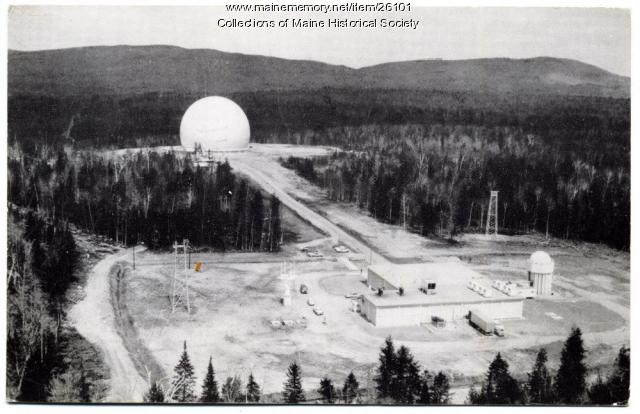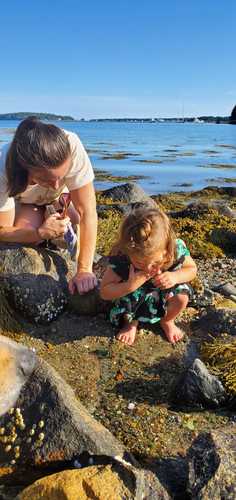Keywords: Earth
Item 25449
Contributed by: Maine Historical Society Date: 1962 Location: Andover Media: Photographic print
Item 16048
Fruit of the Earth potato bag, Woodland, 1990
Contributed by: Southern Aroostook Agricultural Museum Date: circa 1990 Location: Woodland Media: Paper
Item 150447
Plans of House for Mr. F. W. Chandler, Brunswick, 1911
Contributed by: Maine Historical Society Date: 1911 Location: Brunswick Client: F. W. Chandler Architect: Gibbs and Pulsifer Architects
Exhibit
The small town of Andover landed on the international map in 1962 when the Earth Station that had been built there successfully communicated with Telstar, the first telecommunications satellite.
Exhibit
Capturing Arts and Artists in the 1930s
Emmie Bailey Whitney of the Lewiston Journal Saturday Magazine and her husband, noted amateur photographer G. Herbert Whitney, captured in words and photographs the richness of Maine's arts scene during the Great Depression.
Site Page
Farmington: Franklin County's Shiretown - Maps
"… Park Original Design Map "Paths" in Google Earth: Yet another feature of Google Earth is the ability to draw a path on a map to show specific…"
Site Page
Historic Hallowell - Ice; The Ice Storm of 1998; Ice Storm '98
"… late, ice of blue, ice of silver, hit the silent earth, that solemn night. Ice Storm '98 Written by Amber Bell Houses were covered in ice…"
Story
My Peace on Earth
by Dana Eidsness
She left Maine for school and vowed she'd never move back.
Story
Blessing of the Creatures MAINEUSA
by Marty Pottenger
Passamaquoddy "Blessing of the Creatures'' honors the creatures of Maine.
Lesson Plan
Maine's Beneficial Bugs: Insect Sculpture Upcycle/ Recycle S.T.E.A.M Challenge
Grade Level: 3-5, 6-8
Content Area: Science & Engineering, Visual & Performing Arts
In honor of Earth Day (or any day), Students use recycled, reused, and upcycled materials to create a sculpture of a beneficial insect that lives in the state of Maine. Students use the Engineer Design Process to develop their ideas. Students use the elements and principles to analyze their prototypes and utilize interpersonal skills during peer feedback protocol to accept and give constructive feedback.
Lesson Plan
Wabanaki Studies: Stewarding Natural Resources
Grade Level: 3-5
Content Area: Science & Engineering, Social Studies
This lesson plan will introduce elementary-grade students to the concepts and importance of Traditional Ecological Knowledge (TEK) and Indigenous Knowledge (IK), taught and understood through oral history to generations of Wabanaki people. Students will engage in discussions about how humans can be stewards of the local ecosystem, and how non-Native Maine citizens can listen to, learn from, and amplify the voices of Wabanaki neighbors to assist in the future of a sustainable environment. Students will learn about Wabanaki artists, teachers, and leaders from the past and present to help contextualize the concepts and ideas in this lesson, and learn about how Wabanaki youth are carrying tradition forward into the future.

















